A Budget-Friendly Camera for Rock Photography
Finding an affordable camera that excels in indoor rock photography can be quite challenging, especially when you're on a tight budget. However, I have discovered a fantastic option that offers excellent performance without draining your wallet. Although the camera is a few years old, it still possesses the ability to capture high-quality photos at high ISO settings.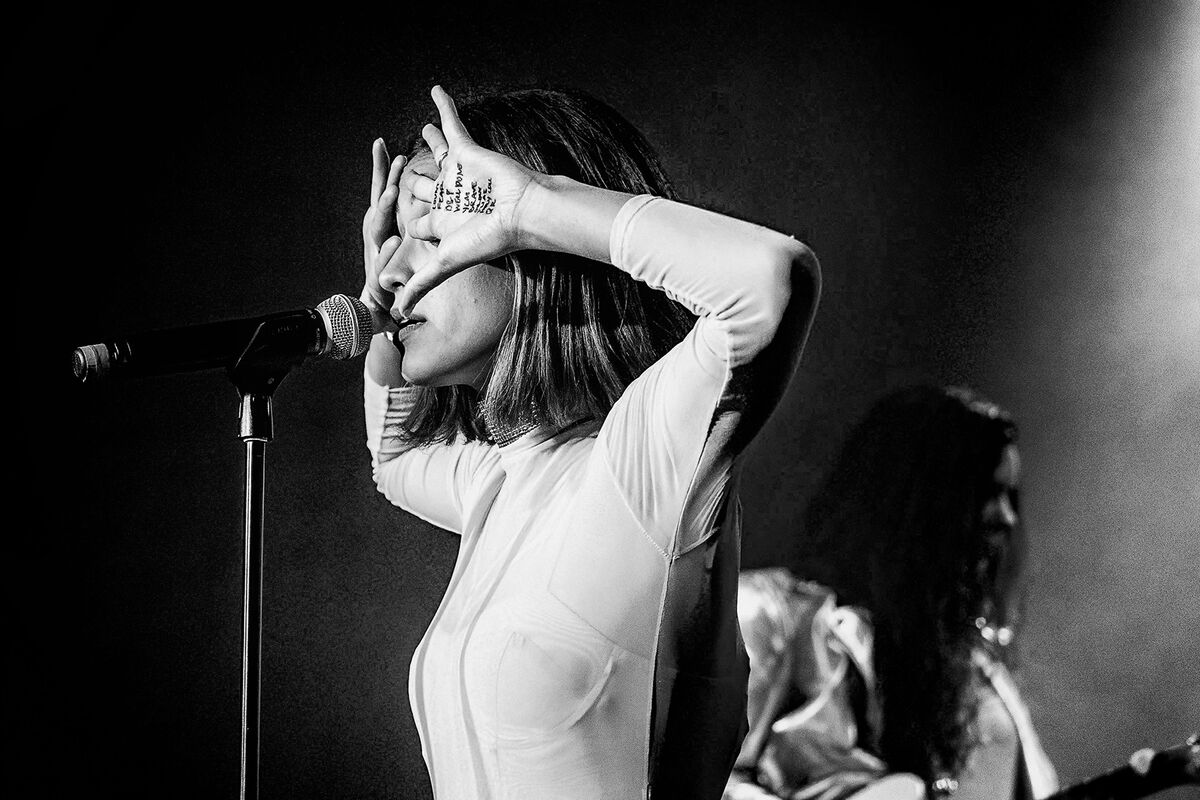
In the past, when I was working with cameras in the Canon EOS 1D series, I found that while Canon cameras were robust and performed well, their performance at high ISOs was not as impressive. That's when I heard positive reports about the Sony A7s from documentary and rock photographers. Intrigued, I decided to check it out and ended up purchasing one. When I started using it in the photo pit, I received sarcastic comments from CANIKON photographers, questioning if it was even possible to work with such a small camera. However, the A7s's excellent performance at high ISOs impressed them, and some even wished they had a CANIKON camera with a similar sensor.
The Sony A7s is primarily designed for filming in 4k, but its remarkable characteristics at high ISOs make it perfect for capturing photos in low-light conditions, such as indoor concerts. While the autofocus may not be the fastest, and continuous shooting is slow (though not everyone uses continuous shooting anyway), these are minor drawbacks considering the camera's overall capabilities. For most types of photography, including rock photos, the A7s is more than adequate. In fact, it can still produce excellent results at 12800 ISO and higher, often surpassing those of modern and more expensive cameras.
The affordability of a second-hand Sony A7s makes it an excellent investment. Despite having a 12.2-megapixel sensor, you can easily enlarge the photos, if necessary, using programs like Topaz Gigapixel AI. In the article, I captured the photos with a Sony A7s and a Sony FE 70-200/4 G OSS lens, which proved to be an excellent combination for indoor rock photography. Although I have since switched to the Sony A9, which better suits my needs as an all-round camera, I still regularly use my A7s as a backup, typically with a 14 or 20mm wide-angle lens.
Text and Photo: Mikael Good


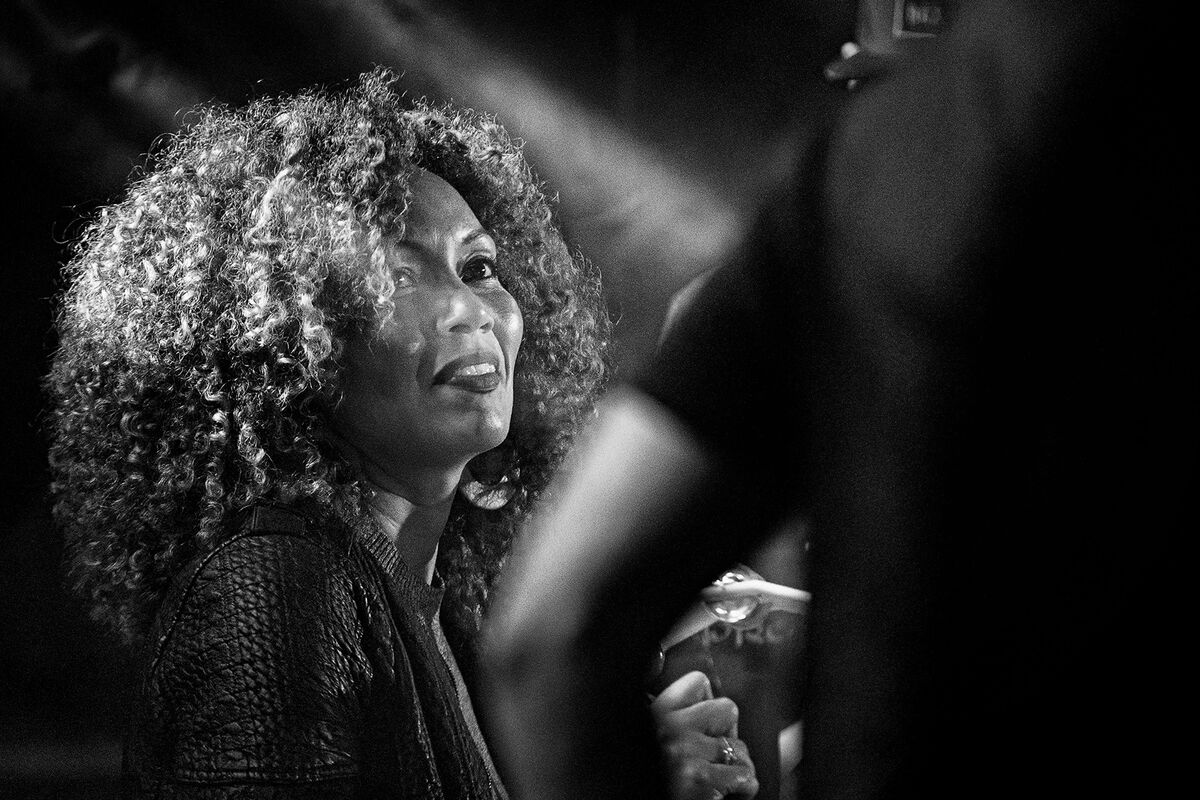


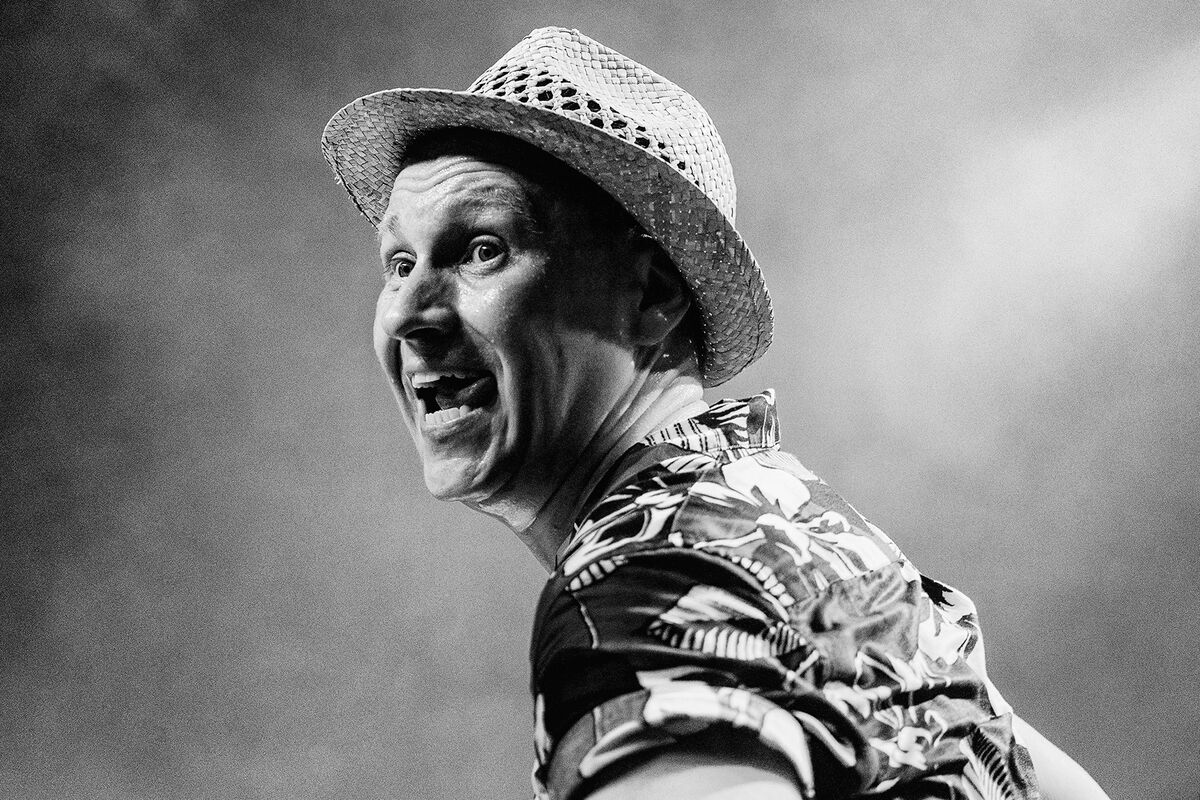
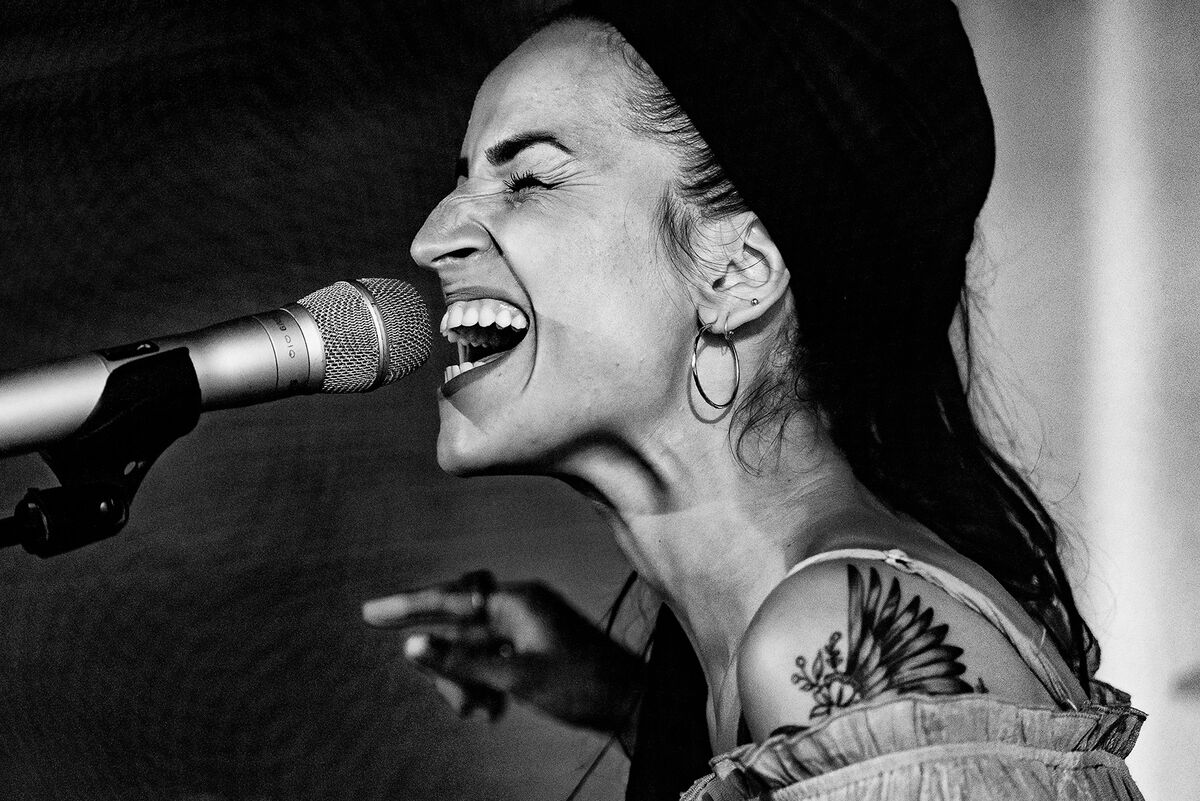
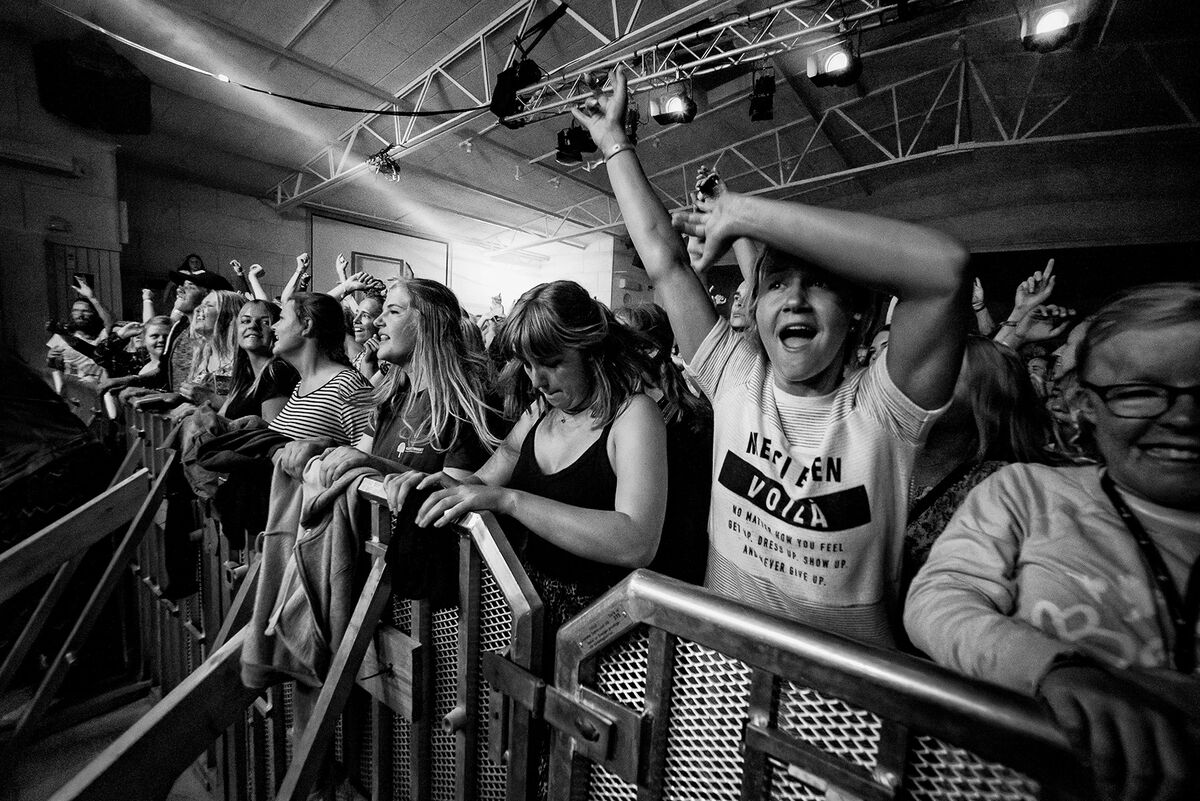
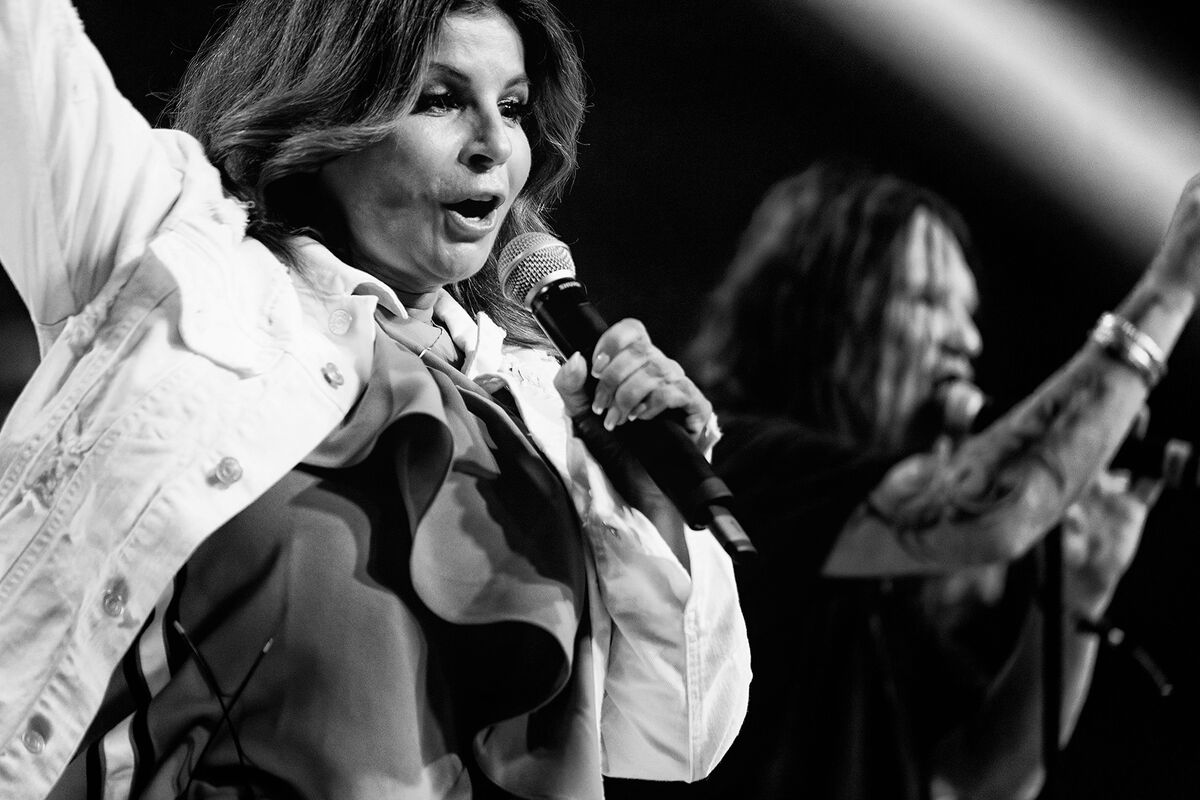
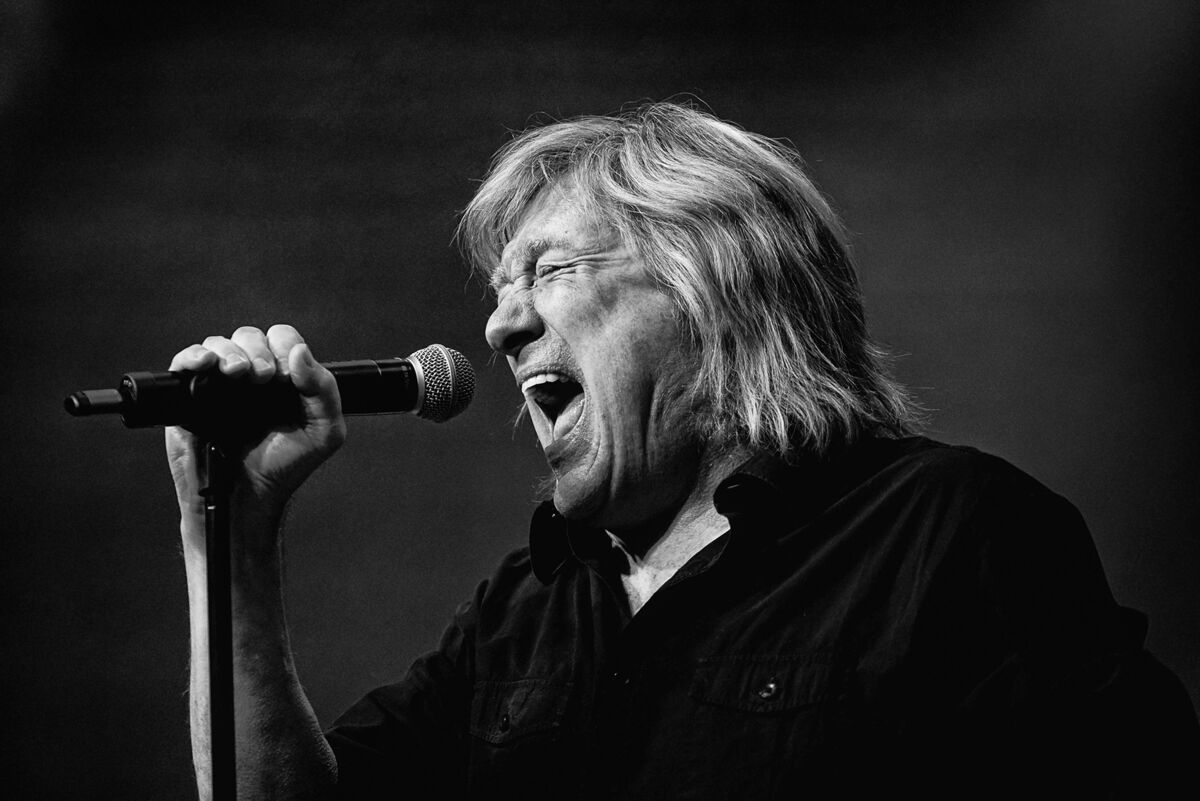
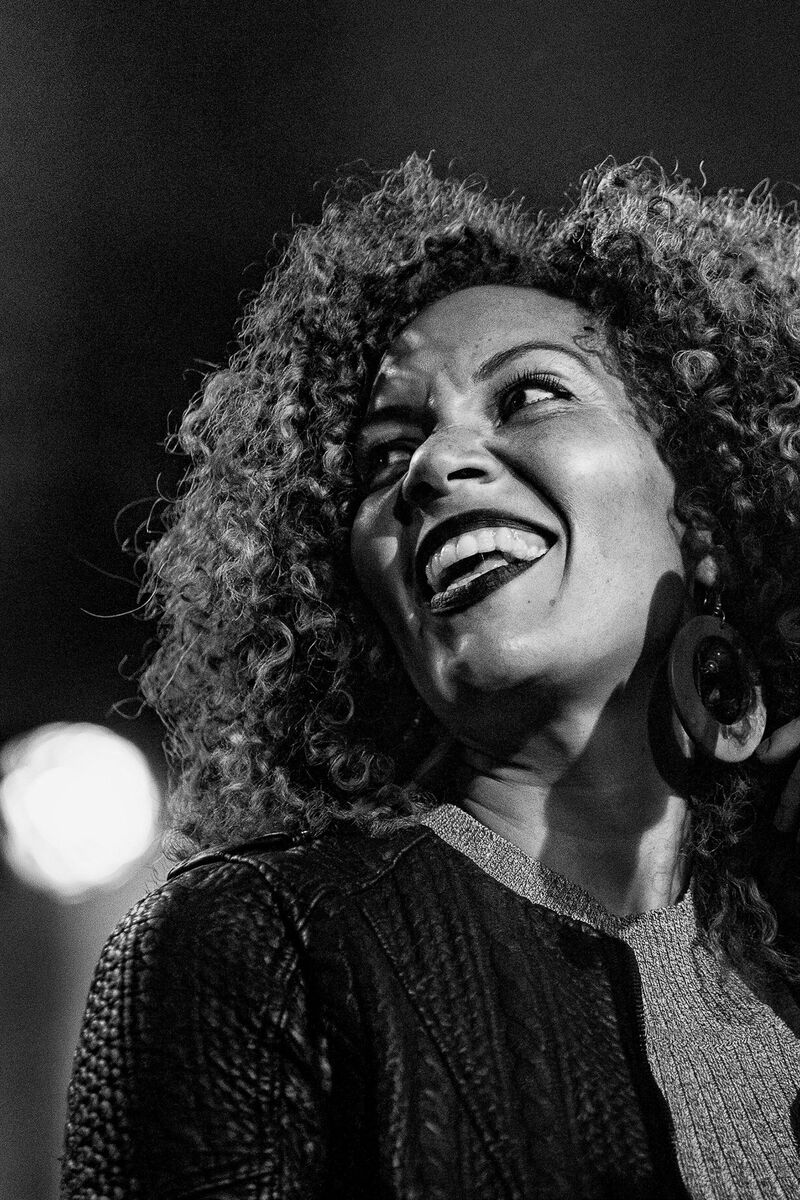


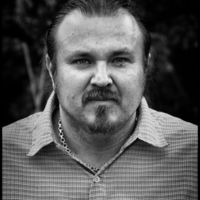

Tack så mycket! :)
Thanks a lot! :)